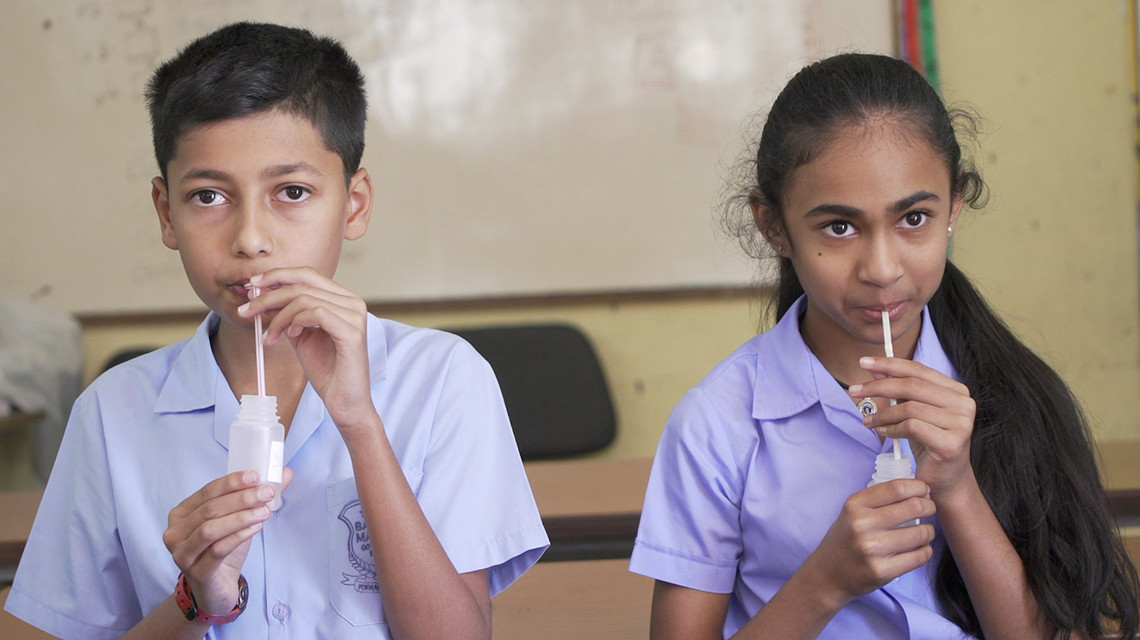For the first time the IAEA is to help United Nations nutrition experts reevaluate human energy requirements: a key input for assessing global hunger that was last evaluated in 2001.
The IAEA will provide expertise and data based on nuclear science, to address knowledge gaps in how calorie and nutrition requirements are understood and calculated, in partnership with the Food and Agriculture Organization of the United Nations (FAO), the World Health Organization (WHO) and others.
“Energy requirements are an important input into calculations used for SDG2 (Zero Hunger) reporting, specifically undernourishment. It is very important that we periodically review the basis for these calculations and reflect on whether updates are needed,” said Lynnette Neufeld, Director of FAO’s Food and Nutrition Division.
With more than 700 million men, women and children going hungry last year, ending hunger, food insecurity and malnutrition in time to achieve the 2030 Agenda will remain out of reach without more and better targeted efforts. Undernutrition in particular — a form of malnutrition which includes wasting, stunting, underweight and vitamin and mineral deficiencies — continues to be a pressing challenge outlined in the United Nations’ recently launched report on The State of Food Security and Nutrition in the World (SOFI 2024). If current trends continue, a projected 528 million people will be chronically undernourished by the decade’s end. Yet, to ensure effective action, policies and interventions must be informed by accurate data. To that end, the IAEA, FAO and WHO and other global experts reviewed current scientific understandings of human energy requirements at a consultancy meeting held at the IAEA’s Vienna headquarters in June.










